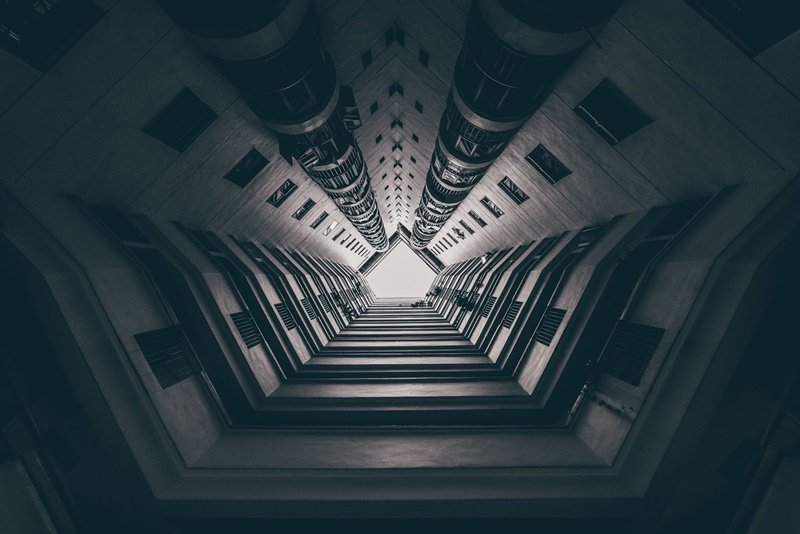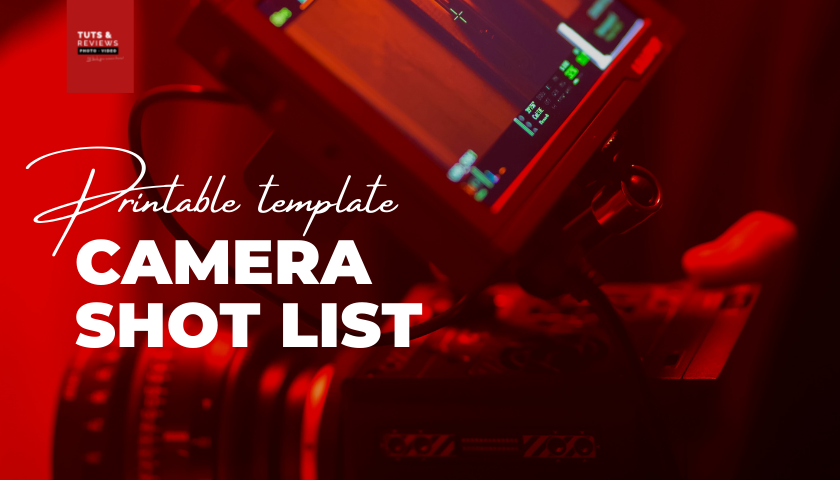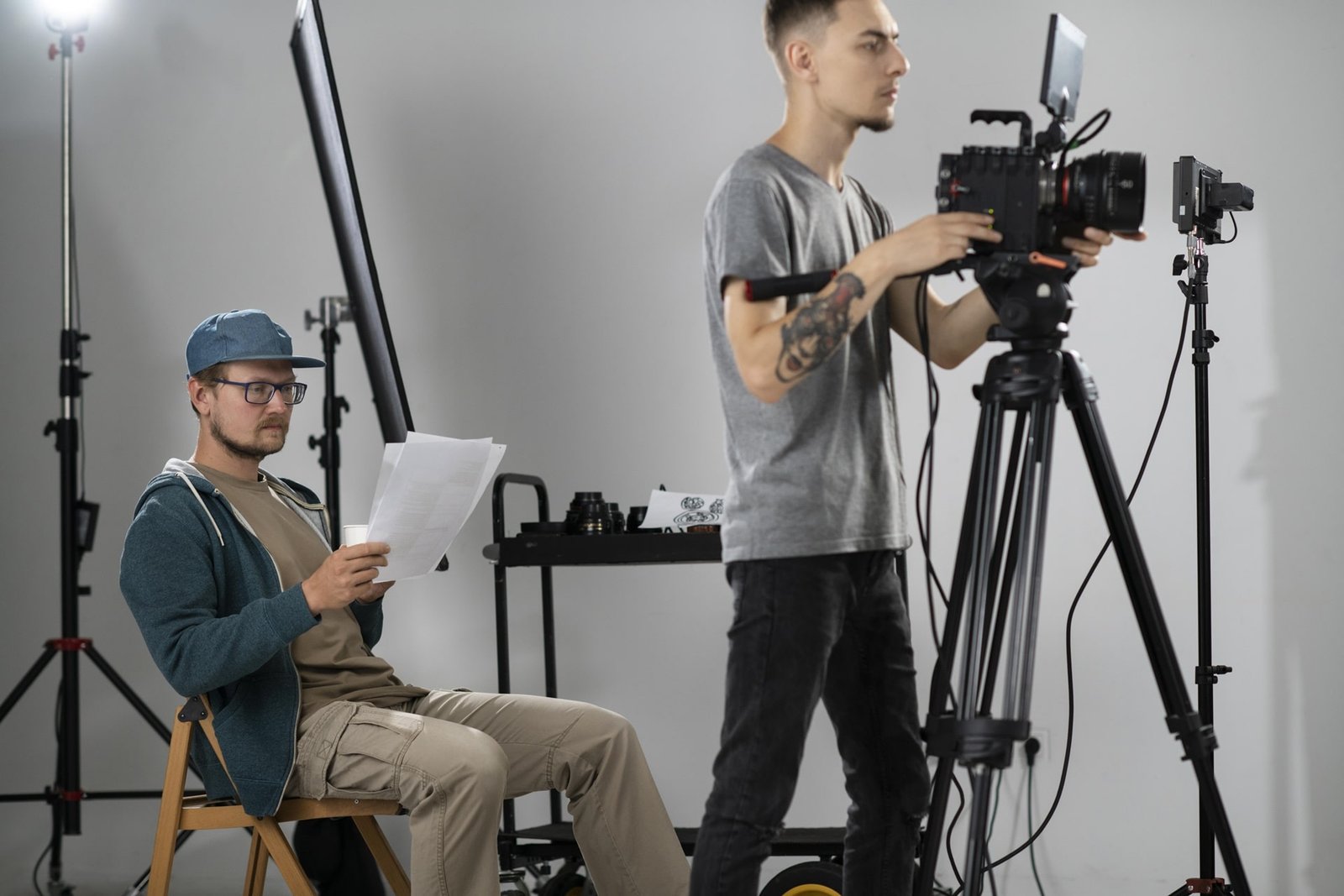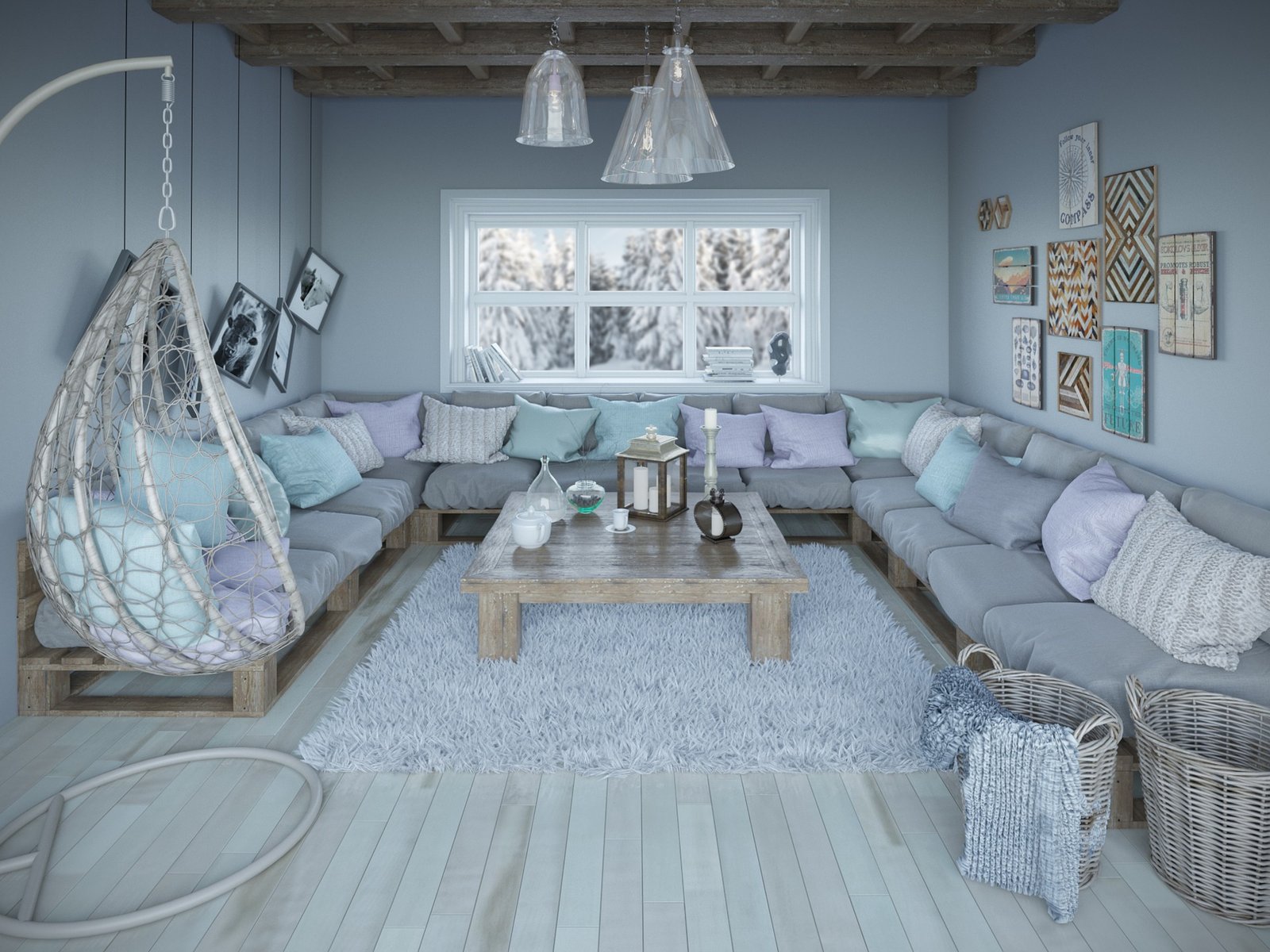Samyang 14mm f/2.8 IF ED AS UMC Lens
Samyang 14mm is a ultra wide-angle manual focus lens designed for both Full-Frame and APS-C cameras.
This F2.8 lens features exceptional optical performance, and excellent price advantage. Even when used wide open at F2.8 its image quality is superb, and is perfectly suited for landscape photography which requires high quality images. It’s great for both professional and amateur photographers and videographers.
The Samyang 14mm F2.8 IF ED UMC Aspherical Lens features high build quality, with a built-in petal shaped lens hood to block any unnecessary light behind the camera. The Samyang 14mm F2.8 features a wide, ribbed manual focus ring which is smooth and well-damped.
The optical construction is 14 elements in 10 optical groups with 3 high refractive index elements, 2x ED element, an aspherical hybrid element plus a aspherical glass element. The latest generation of anti-reflective layers: UMC – Ultra Multi Coated are incorporated to minimise flare and ghosting. The lens is supplied with a special front snap-on lens cap, rear lens cap, and soft lens case.
Available in Canon EF and EF-M, Fujifilm X, Panasonic Micro Four Thirds, Pentax K, Samsung NX, or Sony A and E mount versions.
If you are looking for a value-priced ultra-wide angle lens with a wide aperture that delivers sharp images across even a full frame sensor, you may have found your lens. Assuming that only the most basic lens features are adequate for you. This is a manual focus, manual aperture, manual exposure lens that does not report any information (not even the aperture used) to the camera. However, the feature that matters most for most ultra-wide angle photography, image sharpness, is there and the very affordable price makes this lens a very attractive option.
You can also find the Samyang 14mm f/2.8 lens branded as Rokinon, Bower, Vivitar, Falcon, Walimex, Opteka, Bell and Howell, Polar, Pro-Optic and by the time you read this, perhaps labeled under additional names. Also note that chipped versions of this lens are available in certain brand names, supporting some additional features including autoexposure and focus confirmation – at a significantly higher price.
[metaslider id=922]
Focal Length
In situations when you can’t back up any further, a lens with 14mm focal lenght might be the right choice.
Whith 115.7° angle of view, it is one of the widest focal length options available. Wide angle focal lengths can capture the big scene in one frame and provide a panorama look by simply cropping the top and bottom from a single picture. Wide angles are about making foreground subjects large in relation to background subjects and about including a lot of that background in the frame.
This angle of view is notably able to give the viewer a sense of the presence in the images captured by it.
You will want to have a 14mm angle of view on hand for landscapes, nightscapes, cityscapes, architecture (both exterior and interior), real estate, etc. The 14mm focal length can, especially with the interesting perspective it provides, capture artistic types of imagery.
Like most other focal lengths, 14mm can be used for portraits. Just don’t get too close.
Many photographers say that because of this perspective issue, 14mm is usually not a great choice for taking photos of people. I disagree. Having a different, cool perspective, this lens can make a portrait photo much more interesting than another lens. Just remember to keep people away from the edges of an ultra-wide angle frame as they may appear warped. Environmental photos of individuals and groups captured at a wide range of locations, from scenic landscapes to birthday parties in small rooms, or even weddings, are a good use of a 14mm lens and a good reason to have such a lens in your kit.
As mentioned, there are many APS-C lenses covering the 14mm focal length. However, few of them have an f/2.8 aperture available. Thus, even APS-C format camera owners may find this lens interesting. On this format, the 14mm focal length provides an angle of view similar to a 22.4mm lens on a full frame sensor format body. T
Max Aperture
As of the Samyang 14mm f/2.8 IF ED UMC Lens review time, there is only Venus Optics Laowa 12mm f/2.8 Zero-D Lens as alternative with an aperture like this one.
An f/2.8 aperture is good for stopping motion in low light. The rate at which subject matter is moving across imaging sensor pixels determines the shutter speed required to stop motion. When using a wide angle focal length, subjects tend to be smaller in the frame (especially background subjects) and their motion is slower to cross pixels.
So, stopping action in low light may not seem to be a need for a 14mm lens. Still, this is an important capability. For example, when photographing the night sky, the rotation of the earth creates star trails in long exposures. A wide aperture permits a shutter speed short enough to be used at an acceptably noisy ISO setting.
Have people in your frame? Even at 14mm, their movement can create motion blur if a too-long exposure is used. As long as the depth of field is adequate, f/2.8 stops the blur without ultra-high ISO settings being resorted to.
As mentioned in the beginning of this review, this is a manual aperture lens. While the camera’s autoexposure system can still be used, the aperture is *always* manually set via an aperture ring located near the lens mount. The camera’s Tv mode will work the same as full manual mode. You can change the shutter speed, but the aperture ring will also have to be manually turned to affect the final exposure. Note that the lens will not report the selected aperture to the camera and the aperture setting will not be recorded in the captured image’s EXIF information.
The aperture adjustment is easy (simply turn the aperture ring), but you need to know that click stops are in 1/2 stop increments. If you are used to making 1/3 stop adjustments in-camera (often the default), care must be taken to match manual exposure adjustments (shutter speed and ISO) to those made on the lens. More than once I
adjusted three clicks on the camera and three clicks with the ring.
Depth of field preview is always enabled when using this lens. With a manual aperture implemented on the lens, the view through the lens is always stopped down (unless using f/2.8 of course). While seeing the actual depth of field at the selected aperture can be advantageous, a sure downside is the darkened viewfinder provided at narrow aperture settings. At f/2.8, the viewfinder is bright. By f/5.6, there is noticeable darkening and it only gets worse as the lens is stopped down further. Try to compose (for the brighter viewfinder) and focus (better precision with a shallower DOF) with the aperture set to f/2.8, then adjust the aperture as desired prior to photographing.
While the f/2.8 aperture is a strong component of creating a diffuse background blur, reality is that the ultra-wide angle focal length is not. The background details are not much enlarged and generally remain identifiable in 14mm images.
Image Quality
Another very important parameter for lens selection is image sharpness, the term commonly used to describe contrast and resolution. It is a rare time when I have preferred softer over sharper, and in those few instances, I could usually use an aperture narrow enough to show some diffraction to achieve softer. However, there have been many more times when I preferred to have sharper over what I was working with at the time. The good news is that this lens delivers nicely in the sharpness factor.
The Samyang 14 is quite sharp in the center at f/2.8 and has very usable sharpness across the entire full frame sensor image circle at this wide open aperture. The full frame corners are just slightly soft, but they are quite good, especially for a lens this wide. If sagittal lines (like spokes on a bike wheel) and meridional lines (perpendicular to sagittal) were equally sharp, the corner results would be especially impressive.
Stopping down to f/4 results in a slight increase in sharpness in the center of the frame with results rendered razor sharp. Very little center of the frame difference is seen by stopping down further and none is needed.
Overall, the sharpness of this lens is quite impressive for its price.
Bokeh, referring to the background blur quality, is not a strong asset of this lens, but … a strong background blur is also not easy to create with a 14mm lens.
The 6-blade aperture creates hexagonal shapes from out of focus points of light and those shapes are not evenly filled, having a rough appearance.
Overall, from an image quality standpoint, the Samyang 14mm f/2.8 Lens scores big points in the image sharpness and CA categories, but takes an especially big hit in the distortion category. Considering the price of this lens, many will be able to overlook the latter.
Focusing
As already noted, this is a manual focusing lens – autofocus is not available. While MF-only simplifies a lens from a design and construction (and testing) standpoints, it limits the lens’ usefulness for some and for certain applications. Most will find wider angle MF-only lenses easier to use for focal length-appropriate purposes than telephoto options as the generally-deep DOF allows more room for error. Still, I struggle manually focusing this lens at f/2.8 at close distances using a viewfinder lacking MF aids (primarily, a split prism).
While the Nikon version of the Samyang 14mm f/2.8 lens includes a focus confirmation chip (and costs a bit more), the Canon version does not offer that feature. The Rokinon-branded 14mm f/2.8 lens is offered in a version that “… supports focus confirmation, auto exposure, auto metering and auto white balance functions.” The price differential for this version of the lens is significant.
Fully zoomed Live View manual focusing or the equivalent (such as using a tethered laptop) is the ideal way to focus this lens.
Sources: Samyang Optics
Tuts and Reviews is a photography & filmmaking resource site. We find and feature freebies from around the web provided by trusted sites and photographers as well as video or film creators. Make sure to browse our listing in the Freebies section! We also create our own digital products (free & paid) which you can check in our shop.








